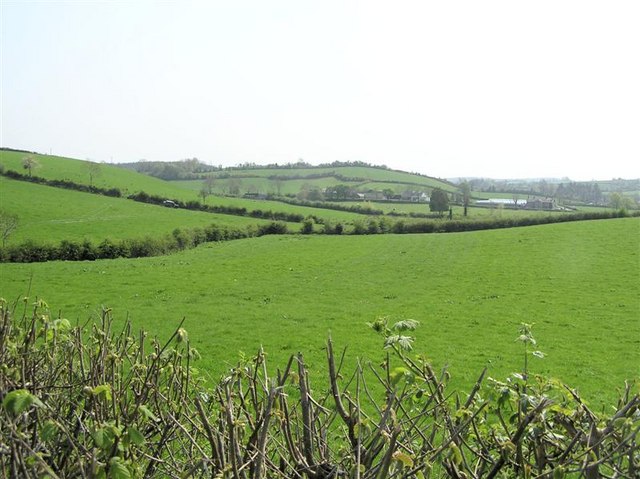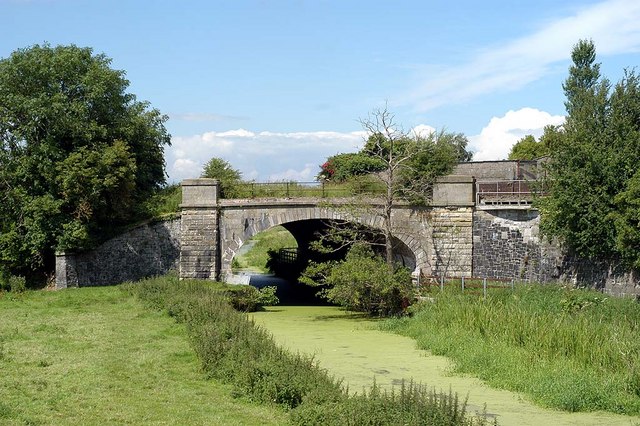|
Smithborough Railway Station
Smithborough railway station was on the Ulster Railway in the Republic of Ireland. The Ulster Railway opened the station on 2 March 1863. It closed on 14 October 1957. Routes References Disused railway stations in County Monaghan Railway stations opened in 1863 Railway stations closed in 1957 {{Ireland-railstation-stub ... [...More Info...] [...Related Items...] OR: [Wikipedia] [Google] [Baidu] |
Smithborough
Smithborough or Smithboro () is a village in County Monaghan, Republic of Ireland, Ireland. It is within the townlands of Mullaghduff and Mullaghbrack. It is roughly midway between Monaghan Town and Clones, County Monaghan, Clones on the N54 road (Ireland), N54. Nearby villages within 6–7 km (3 or 4 miles away) are Threemilehouse, Scotstown, Ballinode, and Newbliss all within County Monaghan and Roslea in County Fermanagh. The local football team is Éire Óg, who wear blue with a gold band. Railways The Ulster Railway opened Smithborough railway station on 2 March 1863. In 1876 the Great Northern Railway (Ireland) was formed. The station and line was closed on 14 October 1957. See also * List of towns and villages in the Republic of Ireland, List of towns and villages in Ireland * Ulster Canal References Towns and villages in County Monaghan {{Monaghan-geo-stub ... [...More Info...] [...Related Items...] OR: [Wikipedia] [Google] [Baidu] |
County Monaghan
County Monaghan ( ; ga, Contae Mhuineacháin) is a county in Ireland. It is in the province of Ulster and is part of Border strategic planning area of the Northern and Western Region. It is named after the town of Monaghan. Monaghan County Council is the local authority for the county. The population of the county was 61,386 according to the 2016 census. The county has existed since 1585 when the Mac Mathghamhna rulers of Airgíalla agreed to join the Kingdom of Ireland. Following the 20th-century Irish War of Independence and the signing of the Anglo-Irish Treaty, Monaghan was one of three Ulster counties to join the Irish Free State rather than Northern Ireland. Geography and subdivisions County Monaghan is the fifth smallest of the Republic's 26 counties by area, and the fourth smallest by population. It is the smallest of Ulster's nine counties in terms of population. Baronies * Cremorne ( ga, Críoch Mhúrn) * Dartree ( ga, Dartraighe) * Farney ( ga, Fearnaigh) * ... [...More Info...] [...Related Items...] OR: [Wikipedia] [Google] [Baidu] |
Ulster Railway
The Ulster Railway was a railway company operating in Ulster, Ireland. The company was incorporated in 1836 and merged with two other railway companies in 1876 to form the Great Northern Railway (Ireland). History The Ulster Railway was authorised by an Act of the UK Parliament in 1836 and construction began in March 1837. The first of line, between and , were completed in August 1839 at a cost of £107,000. The line was extended in stages, opening to in 1841,Hajducki, 1974, map 9 in 1842,Hajducki, 1974, map 8 and in 1848. In 1836 a Railway Commission recommended that railways in Ireland be built to broad gauge. The Ulster Railway complied with this recommendation but the Dublin and Drogheda Railway (D&D) did not. In order for Dublin and Belfast to be linked without a break-of-gauge, in 1846 the UK Parliament passed an Act adopting a compromise gauge of for Ireland, to which the Ulster Railway's track was then re-laid. Extension of the Ulster Railway resumed, reachi ... [...More Info...] [...Related Items...] OR: [Wikipedia] [Google] [Baidu] |
Great Northern Railway (Ireland)
The Great Northern Railway (Ireland) (GNR(I) or GNRI) was an Irish gauge () railway company in Ireland. It was formed in 1876 by a merger of the Irish North Western Railway (INW), Northern Railway of Ireland, and Ulster Railway. The governments of Ireland and Northern Ireland jointly nationalised the company in 1953, and the company was liquidated in 1958: assets were split on national lines between the Ulster Transport Authority and Córas Iompair Éireann. Foundation The Ulster, D&D and D&BJct railways together formed the main line between Dublin and Belfast, with the D&BJct completing the final section in 1852 to join the Ulster at . The GNRI's other main lines were between Derry and and between Omagh and Portadown. The Portadown, Dungannon and Omagh Junction Railway together with the Londonderry and Enniskillen Railway enabled GNRI trains between Derry and Belfast to compete with the Belfast and Northern Counties Railway, and both this and the Dundalk route gave connectio ... [...More Info...] [...Related Items...] OR: [Wikipedia] [Google] [Baidu] |
Republic Of Ireland
Ireland ( ga, Éire ), also known as the Republic of Ireland (), is a country in north-western Europe consisting of 26 of the 32 counties of the island of Ireland. The capital and largest city is Dublin, on the eastern side of the island. Around 2.1 million of the country's population of 5.13 million people resides in the Greater Dublin Area. The sovereign state shares its only land border with Northern Ireland, which is part of the United Kingdom. It is otherwise surrounded by the Atlantic Ocean, with the Celtic Sea to the south, St George's Channel to the south-east, and the Irish Sea to the east. It is a unitary, parliamentary republic. The legislature, the , consists of a lower house, ; an upper house, ; and an elected President () who serves as the largely ceremonial head of state, but with some important powers and duties. The head of government is the (Prime Minister, literally 'Chief', a title not used in English), who is elected by the Dáil and appointed by ... [...More Info...] [...Related Items...] OR: [Wikipedia] [Google] [Baidu] |
Monaghan Railway Station
Monaghan railway station was on the Ulster Railway designed by Sir John Macneil located in the Republic of Ireland. History The Ulster Railway The Ulster Railway was a railway company operating in Ulster, Ireland. The company was incorporated in 1836 and merged with two other railway companies in 1876 to form the Great Northern Railway (Ireland). History The Ulster Railway was auth ... opened the station on 2 March 1863. It closed to regular passenger traffic on 14 October 1957 but goods, mails and occasional passenger traffic continued until the end of 1959 . It was part of the Great Northern Railway of Ireland railway system. Routes References Disused railway stations in County Monaghan Railway stations opened in 1863 Railway stations closed in 1957 {{Ireland-railstation-stub ... [...More Info...] [...Related Items...] OR: [Wikipedia] [Google] [Baidu] |
Clones Railway Station
Clones railway station was on the Dundalk and Enniskillen Railway in Republic of Ireland, Ireland. The Dundalk and Enniskillen Railway opened the station on 26 June 1858. On 11 February 1922 at the station a group of Irish Republican Army volunteers attempted to ambush a party of Ulster Special Constabulary policemen travelling on a train through Clones. The volunteers entered a carriage of a train and ordered the Specials to put their hand up. IRA. Commandant Matthew Fitzpatrick was shot and in the ensuing fight, 4 Specials lost their lives.The Northern IRA and the early years of partition, 1920-1922. Robert John Lynch, Irish Academic Press, 2006 It closed on 1 October 1957. Routes References Clones, County Monaghan Disused railway stations in County Monaghan Railway stations opened in 1858 Railway stations closed in 1957 {{Ireland-railstation-stub ... [...More Info...] [...Related Items...] OR: [Wikipedia] [Google] [Baidu] |
Railway Stations Opened In 1863
Rail transport (also known as train transport) is a means of transport that transfers passengers and goods on wheeled vehicles running on rails, which are incorporated in tracks. In contrast to road transport, where the vehicles run on a prepared flat surface, rail vehicles (rolling stock) are directionally guided by the tracks on which they run. Tracks usually consist of steel rails, installed on sleepers (ties) set in ballast, on which the rolling stock, usually fitted with metal wheels, moves. Other variations are also possible, such as "slab track", in which the rails are fastened to a concrete foundation resting on a prepared subsurface. Rolling stock in a rail transport system generally encounters lower frictional resistance than rubber-tyred road vehicles, so passenger and freight cars (carriages and wagons) can be coupled into longer trains. The operation is carried out by a railway company, providing transport between train stations or freight customer facilit ... [...More Info...] [...Related Items...] OR: [Wikipedia] [Google] [Baidu] |




